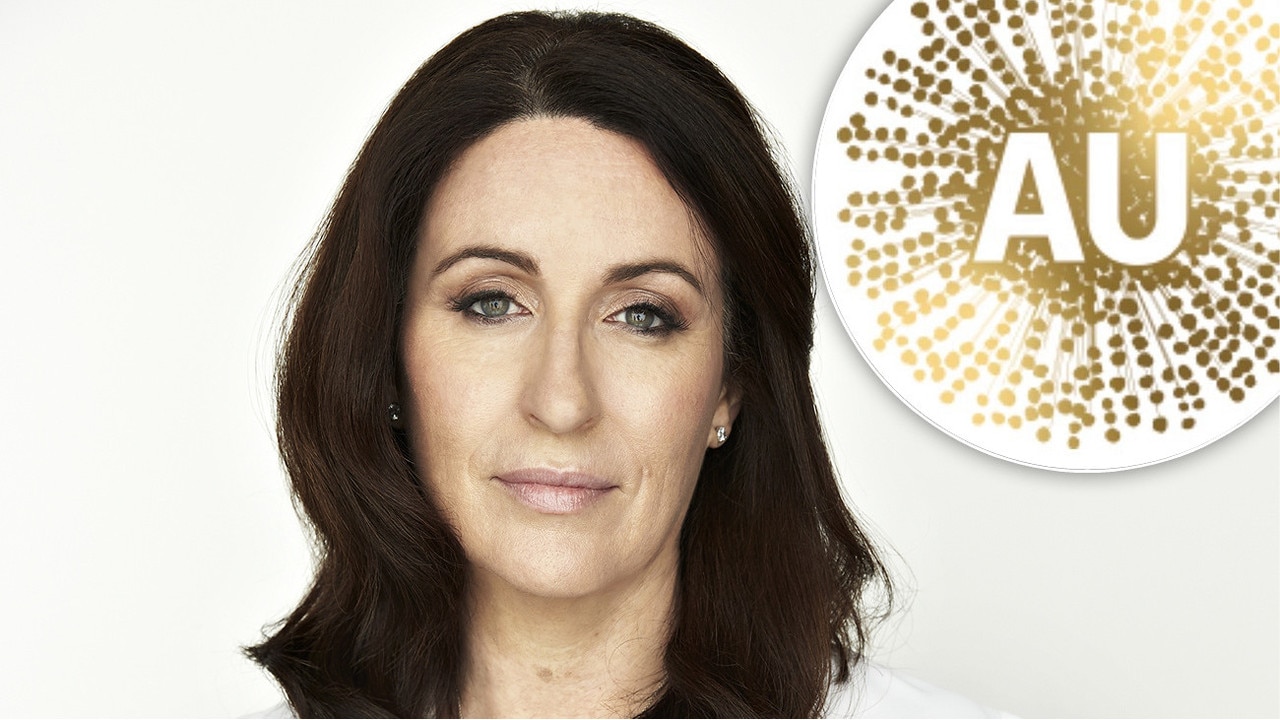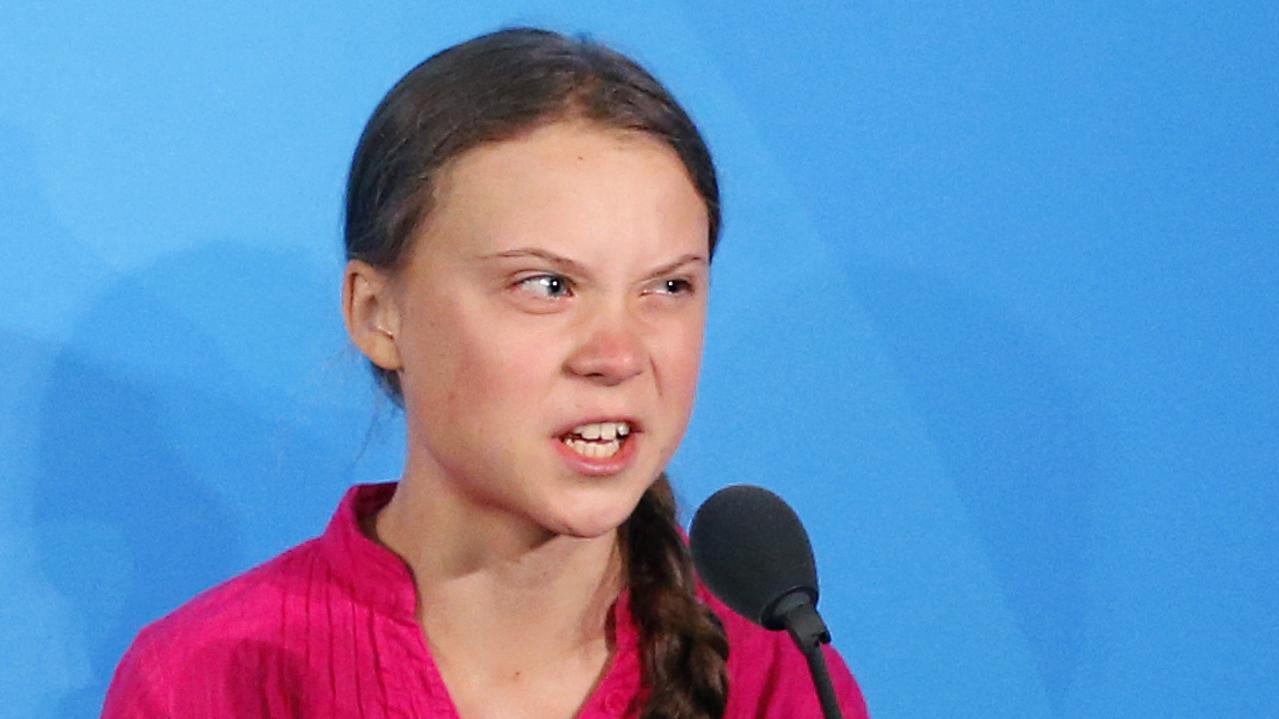Let’s remember the victims, not serial killers
WHEN it comes to brutal murders, why do we recollect the names of perpetrators, facts about their crimes and what motivated them, but not details about their victims, asks Karen Brooks.
Rendezview
Don't miss out on the headlines from Rendezview. Followed categories will be added to My News.
WHEN news about the massacre at Margaret River broke, where Cynda Miles, her daughter Katrina and her four children, Taye, Rylan, Ayre and Kayden were shot, before the alleged murderer, their husband, father and grandfather, Peter Miles took his own life, a number of discourses erupted in the public sphere in an effort to make sense of this terrible crime.
The most predominant was the “good bloke” versus monster one. This arises when excuses are made for the murderer on the basis that, until he “snapped” he was a “good bloke” under pressure, not an evil monster. Citing mental illness, financial woes, a sense of responsibility for those in his “care” (as if wives and children — particularly adult ones — are not autonomous beings), justifications are given and, as a consequence, sympathy, understanding and even empathy are offered — to the killer — and the victims slowly become invisible.
As Clementine Ford pointed out, just because someone commits a violent act, doesn’t mean they’re incapable of doing any good deeds.
But neither does it mean they’re a “good bloke”.
This is a dangerous and perpetuated social myth that, finally, in the wake of the Margaret River massacre, is in the process of being invalidated.
Good blokes don’t kill their wives, kids and grandkids; they don’t throw their daughters over bridges, murder their families then themselves, beat their partners/children senseless etc. They just don’t. No excuse.
The other significant conversation to arise out of this tragedy, is how quickly the victims of violent crime — women, children and men — are rendered not only voiceless through their brutal deaths, but imperceptible as the perpetrator and the crime/s takes centre stage in the media and the cultural conscience.

This is by no means a new phenomenon, but it’s one we should seek to dismantle.
But how are we to do that when our fascination with murderers, serial killers and the crimes they commit seem endless? When we not only recall their names with ease, but celebrate them in macabre and even, perversely, entertaining ways?
When Jack the Ripper terrorised London streets in the 1800s, or Ned Kelly ran amok in the Victorian countryside, their notoriety and the fear (“cultural adoration” in the case of Kelly) their actions produced meant their victims largely served one purpose: to draw attention to the monstrousness of the perpetrator — to his capacity to defy all social rules and laws and wreak havoc.
The same when Ivan Milat snatched and savagely killed his victims in the Bangalore State Forest. Never mind Jeffrey Dahmer and his ghoulish, horrific crimes. Like many serial killers before and since, their barbarity became a kind of morality tale that put the onus back on the faceless victims — actual and potential — who might venture in that area or behave in a manner that brought danger to themselves.
Against all efforts, Martin Bryant has become a macabre legend — a mentally unstable monster and Port Arthur, a fascinating place steeped in terrible history, a monument to his actions. The names of those he callously shot mostly forgotten, except in the memories of loved ones and locals.
Likewise, with Charles Manson, Ted Bundy, and Aileen Wuornos.

While the names of those who fell victim to these murderers can be found (forever connected to their killers), they aren’t sensationalised, or continually used as social and real currency (to sell newspapers, magazines, books, TV shows, films, podcasts, tours, current affairs segments). On the contrary, when we can recall them it’s often because they’re memorialised by embodying important social causes, in order to herald awareness and change. Some examples are Alison Baden-Clay, Jill Meagher, and Daniel Morcombe.
This begs the questions: why do we recollect not only the names of the perpetrators and facts about their lives, their crimes and what motivated them, but not details about their victims?
We live in a society rivetted by tragedy, crime and brutality — where violence is screened 24/7 and fear not only paralyses us, but worse, divides us. Trained to look askance at difference in terms of culture, religion, race and even sex, the irony is, and what our fascination with crime should reveal, is it’s usually the familiar that’s the threat.
Problem is, these endless tales — real and imagined — drive what criminologist, Dr Scott Bonn calls “a cultural hysteria”, whereby our fascination for murderers and serial killers far outweighs our concern about far more pressing matters.
They also outweigh our interest in the victims.
If we don’t redress the narrative around victims, actively seek to remember them, not only their murderers, then we risk letting them become, as former Police Chief Commissioner, Ken Lay said in speech at Mansfield Cemetery in 2013, “nothing more than footnotes to the lives and excesses of those who killed them.”


